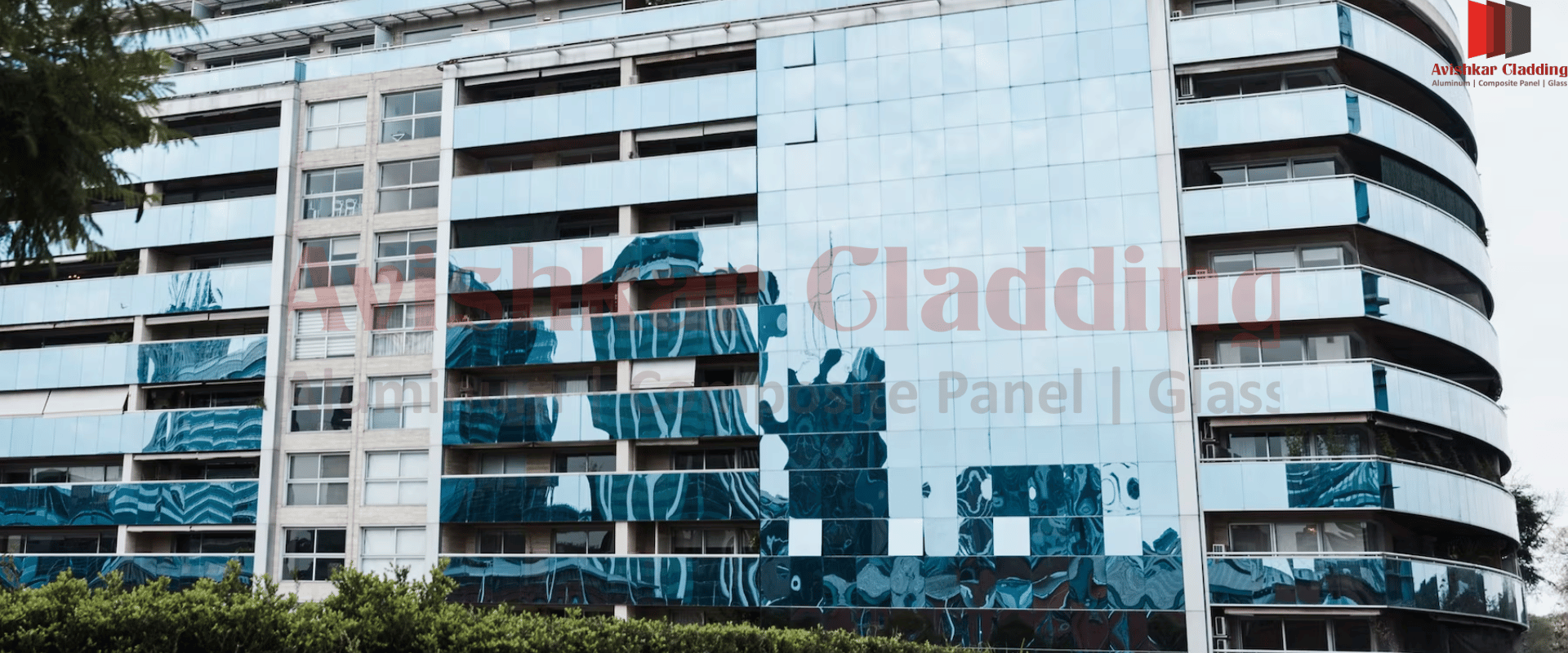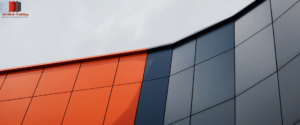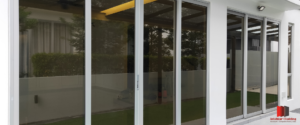In building construction, the envelope refers to the external shell that encloses a structure, including the walls, roof, and fenestration (windows and doors). Cladding plays a significant role in building envelope design, as it not only enhances the aesthetic appeal of a building but also provides crucial protective and functional benefits. This blog post aims to explore the role of cladding in building envelope design and highlight its importance in achieving sustainable, energy-efficient, and visually pleasing structures.
Understanding Cladding
Cladding refers to the external layer or finish that covers the structural elements of a building. It serves as a protective barrier against weather conditions, such as rain, wind, heat, and cold, while also providing insulation and soundproofing. Moreover, cladding contributes to the overall appearance of a building, often defining its architectural style.
Importance of Cladding in Building Envelope Design
- Weather Protection: Cladding acts as a shield, safeguarding the building from moisture infiltration, UV radiation, and temperature fluctuations. It prevents water penetration, which can cause structural damage and promote the growth of mold and mildew.
- Thermal Insulation: Properly designed cladding systems can significantly enhance the energy efficiency of a building. Insulated cladding materials reduce heat transfer, helping to maintain a comfortable indoor environment and reducing reliance on heating and cooling systems.
- Enhanced Durability: Cladding materials such as fiber cement, brick, and metal are known for their durability and resistance to wear and tear. They protect the underlying structure from physical damage and extend the lifespan of the building.
- Aesthetic Appeal: Cladding offers architects and designers the opportunity to create visually striking facades. It comes in various materials, textures, and colors, allowing for endless design possibilities. The choice of cladding can reflect the building’s purpose, blend with the surrounding environment, or make a bold statement.
Types of Cladding Materials
- Brick and Stone: Traditional materials like brick and stone provide timeless elegance and durability. They offer excellent thermal mass properties, contributing to energy efficiency and reducing noise transmission.
- Metal: Metal cladding, such as aluminum, steel, or copper, provides a modern, sleek appearance. It is lightweight, easy to install, and requires minimal maintenance. Metal cladding can be used as panels, shingles, or corrugated sheets.
- Fiber Cement: Fiber cement cladding is a versatile and cost-effective option. It is composed of cement, sand, and cellulose fibers, offering resistance to fire, moisture, and insects. Fiber cement can mimic the look of wood, stone, or stucco.
- Glass: Glass cladding allows natural light to enter the building while providing transparency and a contemporary look. It is commonly used in high-rise buildings, offices, and commercial spaces.
Sustainable Cladding Solutions
With the increasing focus on sustainability and environmental consciousness, several innovative cladding materials and systems have emerged. These solutions aim to minimize the ecological impact of buildings. Some examples include:
- Green Facades: Green facades involve the installation of climbing plants or vertical gardens on the building’s exterior. They provide insulation, reduce air pollution, absorb carbon dioxide, and create a visually appealing and environmentally friendly facade.
- Wood Cladding: Sustainably sourced timber cladding is a renewable and biodegradable material. It offers excellent insulation properties, reduces carbon emissions, and adds a natural touch to building designs.
- Recycled Materials: Cladding made from recycled materials, such as reclaimed wood or recycled metal, reduces waste and promotes resource conservation. These materials often have unique textures and add character to the building facade.
The Link Between Cladding and Building Performance
The choice of cladding materials and design can have a significant impact on a building’s overall performance. An effectively designed cladding system can:
- Improve energy efficiency by reducing heat gain or loss through the envelope.
- Enhance indoor comfort by providing insulation and preventing drafts.
- Minimize maintenance requirements, saving time and costs.
- Increase the lifespan of the building by protecting the structure from external elements.
Conclusion
If you’re looking for a trusted partner in building envelope design, Avishkar Cladding is a name you can rely on. Their commitment to excellence, sustainable practices, and client satisfaction sets them apart in the industry. By availing their services, you can transform your building into a resilient, energy-efficient, and visually stunning masterpiece.
Remember, the choice of cladding and the expertise behind its installation can make a significant difference in the performance and appeal of your building. Consult Avishkar Cladding today to explore the possibilities and embark on a journey towards an exceptional building envelope design.




